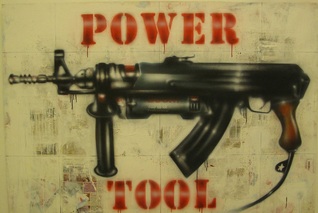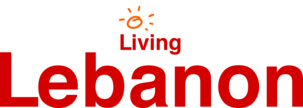
With the experience of Civil War, conflicts with Israel and the general political instability, public expression provides a good indication of Lebanon’s political atmosphere and definitely is worthwhile to pay attention to while wandering Beirut’s streets.
Street Art and Graffiti
Since the onset of the Civil War, inscriptions related to war and sectarian politics have occupied public space in Lebanon. After the Civil War, Western-style graffiti slowly started to appear. Since 2005, Beirut’s graffiti scene is developing rapidly and the streets of Beirut now witness a mix of caustic stencils with western and Arabic graffiti. Beirut’s street art promotes unity over division and contains both a humorous and critical look at Lebanese society.
Stencils
Displaying stencils (posters) is another way in which the Lebanese show and share their political or religious preferences. Throughout Lebanon, huge billboards of political leaders indicate who the area’s favorite is. Good examples of this kind of expression are the stencils of Iran’s Ayatollah Khomeini displayed in Shi’ite areas, where you also will find posters of martyrs that fought Israel in the south.
Tire Burning
Probably the most remarkable street expression is the burning of tires. A common sight during the Civil War, these spontaneous roadblocks are re-appearing regularly whenever conflict arises between Lebanon’s diverse religious communities, or when people protest against the standing government or army. Although the sight of this public symbol of conflict is intimidating, it is just another way of Lebanese expression.

